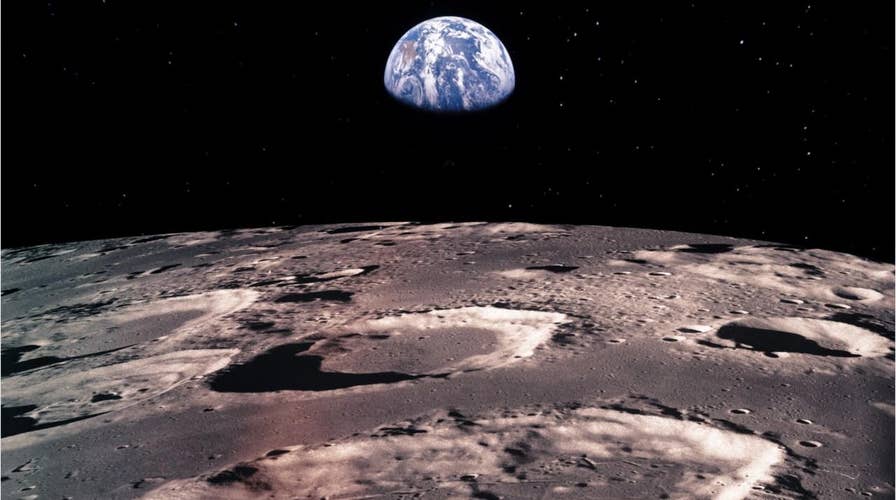Moon landing: New speculation into why it's so difficult
Landing on the moon is difficult, is technology to blame?
The first manned moon landing is still one of the most remarkable achievements in human history.
A man on the moon was, for much of our existence, a metaphor for an impossible achievement.
Yet the impossible became a reality on this day in history — on July 20, 1969 — when American astronauts Neil Armstrong and Edwin "Buzz" Aldrin stepped on the moon as part of the NASA Apollo 11 mission.
Michael Collins piloted the command module orbiting the moon for the return to Earth.
It is arguably the most daring and successful achievement in the history of human exploration.
US ASTRONAUT MOON LANDING ‘NOT FEASIBLE’ BY 2024: NASA INSPECTOR GENERAL
"That’s one small step for man, one giant leap for mankind," proclaimed Armstrong. He was the first astronaut down the ladder of the lunar module and completely aware he was making his own leap into human history as the first person to step on the moon.
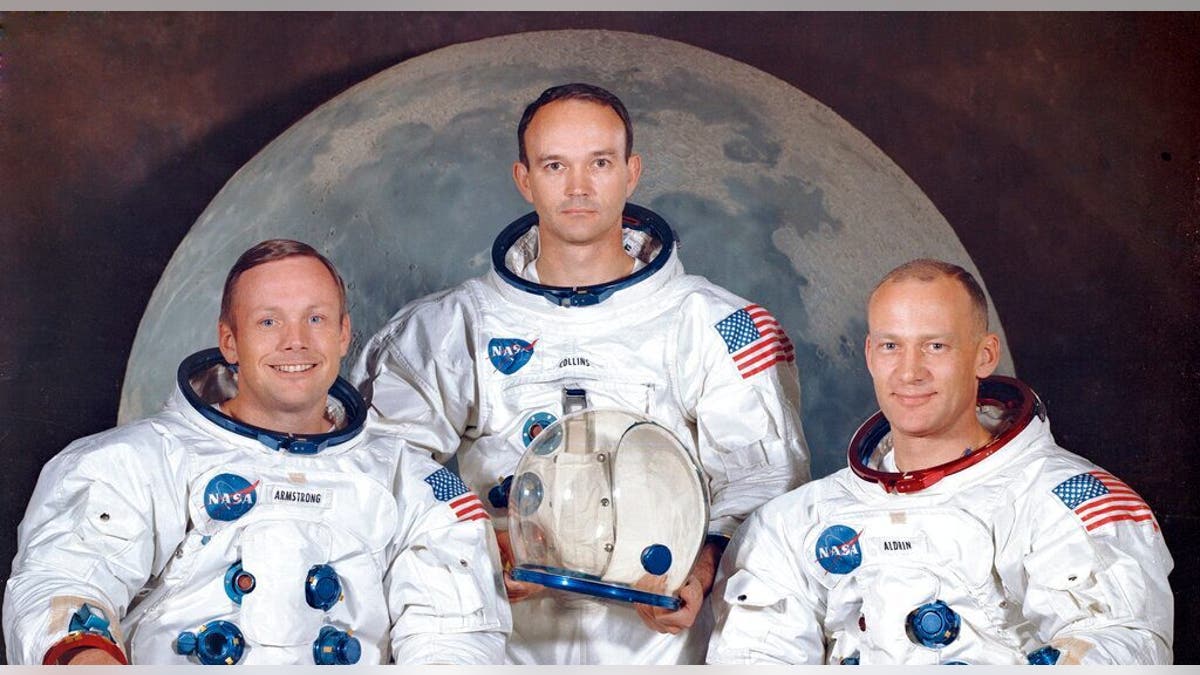
This March 30, 1969, photo made available by NASA shows the crew of the Apollo 11, from left, Neil Armstrong, commander; Michael Collins, module pilot; Edwin E. "Buzz" Aldrin, lunar module pilot. Apollo 11 was the first manned mission to the surface of the moon. (NASA via AP)
Here are eight amazing facts about the Apollo 11 moon landing that still inspires shock and awe today.
1. Buzz Aldrin's moon-landing jacket could net $2M at auction
The jacket that Buzz Aldrin wore to the moon could net a cool $2 million, according to Sotheby's, when it hits the auction block on July 26 — seven figures of evidence that the landing still captivates the imagination today.
The jacket is being offered by Sotheby's as part of its new "Buzz Aldrin: American Icon" collection.
Sotheby's calls the collection "among the most significant and valuable space exploration artifacts ever offered at auction."
The offerings, consigned directly by Aldrin, according to the auctioneer, include a circuit-breaker switch that nearly ended the lives of the Apollo 11 crew and several documents and checklists from the mission.
Sotheby's calls the collection "among the most significant and valuable space exploration artifacts ever offered at auction."
2. The U.S. remains the only nation to put men on the moon
The U.S. completed the last of its six manned moon-landing missions with Apollo 17 in December 1972. No other nation since has put a man on the moon. None have tried.
Several other nations have landed unmanned research craft and rovers on the moon. But none have watched proudly as their explorers leaped across the moonscape and planted their flag on its surface.
3. Moon landing was one of the most watched events in history
The incredible feat of humanity galvanized the global community in ways that no other event has before or since.
An estimated 650 million people, in every corner of the world, watched the moon landing — nearly 20 percent of the entire human population at the time.
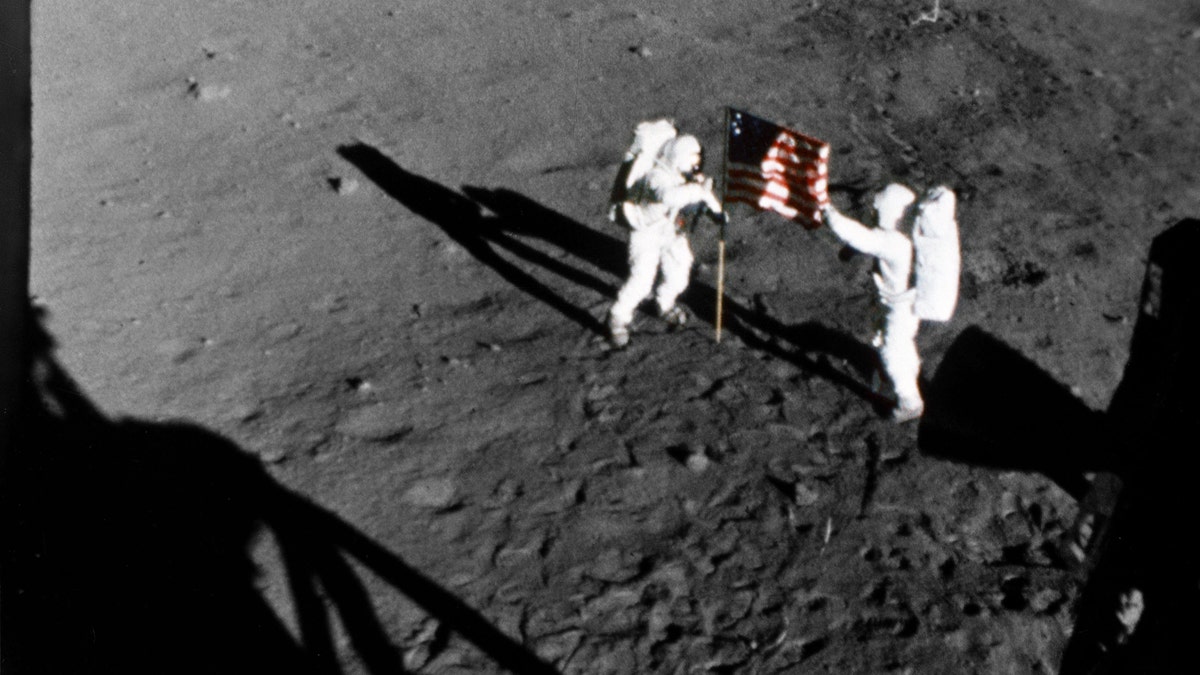
Astronaut Neil A. Armstrong stands on the left at the flag's staff. Astronaut Edwin E. Aldrin Jr. is also pictured. Picture was taken by the 16mm Data Acquisition Camera (DAC) mounted in the lunar module deploy flag. (HUM Images/Universal Images Group via Getty Images)
Armstrong and Aldrin carried a portable 16-mm Westinghouse camera specifically designed to capture images on the moon.
The images were beamed from an antenna on the lunar module to satellites orbiting the Earth, and eventually to TV sets around the globe, according to the Science and Media Museum, representing a giant leap for broadcast technology.
4. Aldrin gave himself Communion after landing on the moon
Aldrin took communion on board the lunar module and read from the Book of John before following Armstrong onto the lunar surface.
He was given approval by his local minister to take the sacrament himself.
THE BAG USED BY BUZZ ALDRIN TO CARRY RELIGIOUS ITEMS TO THE MOON SURFACES
NASA refused to broadcast his biblical passage back to Earth because the first men to circle the moon on Apollo 8 had read from the Book of Genesis back to Earth.

Buzz Aldrin's footprint on the lunar surface is shown here. (NASA)
NASA was promptly sued following the Apollo 8 mission by devout atheist Madalyn Murray O’Hair, whom Life magazine in 1964 named the "Most Hated Woman in America."
The lawsuit had the effect of chilling NASA and preventing any further expressions of faith in the moon missions.
5. Moon landing succeeded despite turmoil at home and abroad
The moon landing would be a testament to human achievement in the best of times.
The fact that it came great turmoil for America only accentuates the achievement.
The United States was locked in an existential struggle for survival, given the Cold War against the Soviet Union and a deadly hot war in Vietnam.
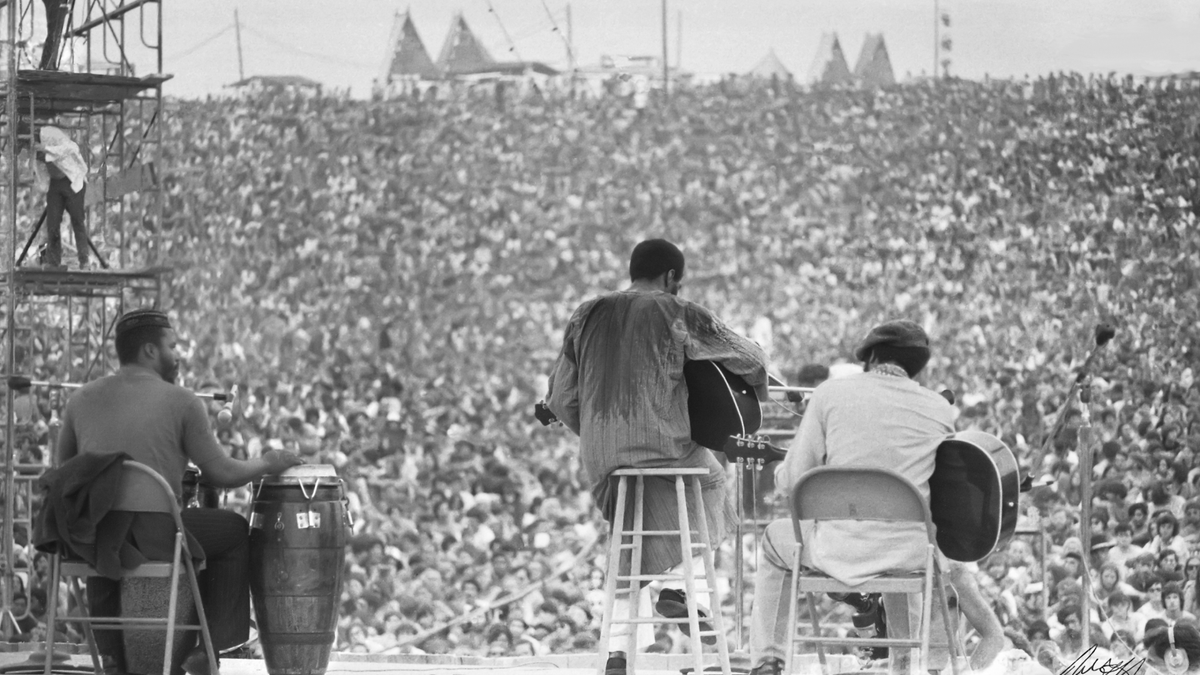
This August, 1969 photo shows Richie Havens as he performs during Woodstock in Bethel, N.Y. The photo is only one of hundreds made by photographer Mark Goff who, at the time, worked for an underground newspaper in Milwaukee, Wisc. (Mark Goff Photography, Leah Demarco/Allison Goff via AP)
Protests raged on American streets; serial murderers Zodiac Killer and Charles Manson shocked the nation with their crimes in the summer of 1969; and the counter-culture movement was about to leave its imprint on the nation for better or worse at Woodstock a month later.
Through it all, the U.S. safely and successfully marshaled the expertise and resources to execute one of the greatest achievements in human history.
6. Moon Landing Club remains very exclusive
Only 12 humans have stepped on the moon. All 12 were Americans. All 12 were highly educated men and all but one was a military pilot — most of them in the U.S. Navy.
Eugene Cernan, part of the Apollo 17 mission, was the last man to walk on the moon, on Dec. 14, 1972.
Armstrong and Cernan, the first and last men to step on the moon, both went to Purdue University.
Four moon walkers are still alive: Aldrin, David R. Scott (Apollo 15), Charles M. Duke (Apollo 15) and Harrison M. Schmitt (Apollo 17).
Armstrong and Cernan, the first and last men to step on the moon, both went to Purdue University.
7. Length of the moon landings expanded dramatically
NASA was able to build on the success of each moon-landing mission but spending an ever-increasing amount of time on the satellite's surface.
Armstrong and Aldrin spent just 2 hours, 30 minutes exploring the moon during the first landing.
Cernan and Harrison Schmitt spent 22 hours on the surface during the final moon Apollo 17 landing in 1972, even spending time driving around on the lunar rover.
8. NASA devoted an entire top team to planting the American flag on the moon
The picture of Aldrin staring at the American flag on the lunar surface is one of the most iconic images in our national history.
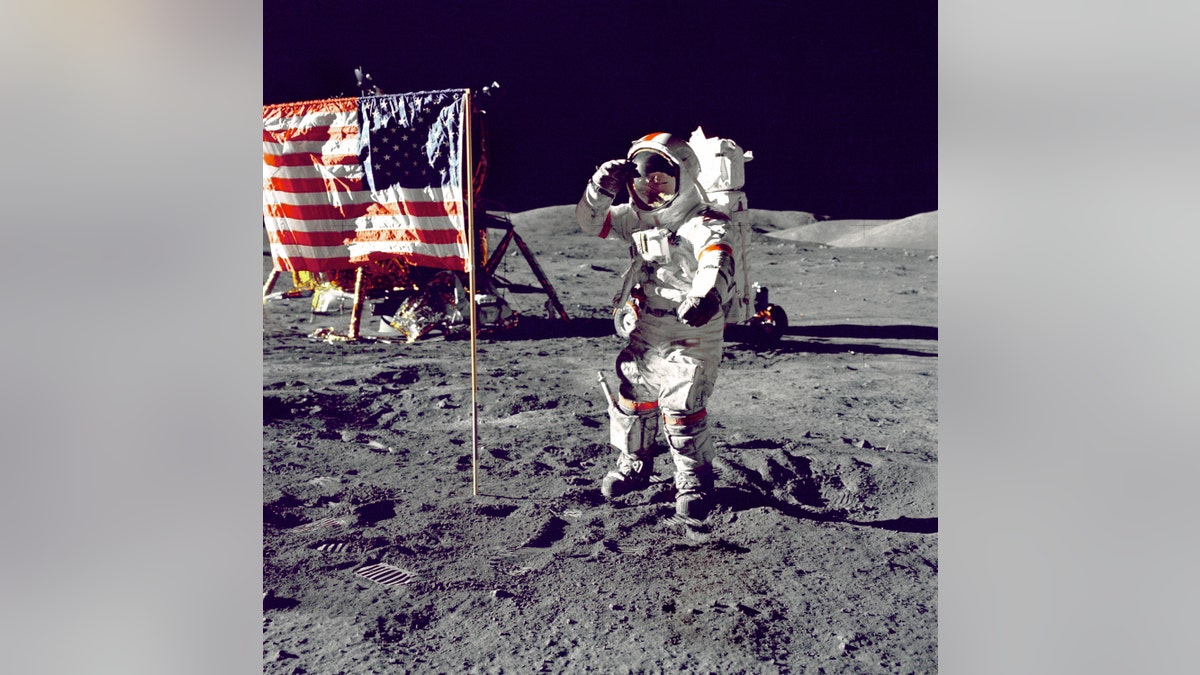
Eugene A. Cernan, commander, Apollo 17, salutes the U.S. flag on the lunar surface during extravehicular activity (EVA) on NASA's final lunar landing mission. The lunar module "Challenger" is in the left background behind the flag and the lunar roving vehicle (LRV) also in background behind him. (Artist Harrison Schmitt) (Heritage Space/Heritage Images via Getty Images)
NASA knew the image would be highly symbolic; it devoted an entire team to creating what was known as the Lunar Flag Assembly.
It was headed by renowned American engineer Jack Kinzler, who even among NASA’s assembly of nerds was known as Mr. Fix It.
The flag was a standard government-issue 3x5 flag but required a special moon-worthy assembly and telescoping pole for the lunar surface. It was attached in such a way as to appear floating in the breeze on the airless moon.
APOLLO 11: NASA AND THE ‘LOST’ MOON LANDING TAPES
"This was one of the proudest moments of my life. I guarantee it," Cernan said after he placed the last American flag on the moon in 1972.
President Nixon memorialized the importance and purpose of the American flag on the moon by signing a law in 1969.
CLICK HERE TO GET THE FOX NEWS APP
The law stated: "The flag of the United States, and no other flag, shall be implanted or otherwise placed on the surface of the moon, or on the surface of any planet, by members of the crew of any spacecraft ... This act is intended as a symbolic gesture of national pride in achievement and is not to be construed as a declaration of national appropriation by claim of sovereignty."








































